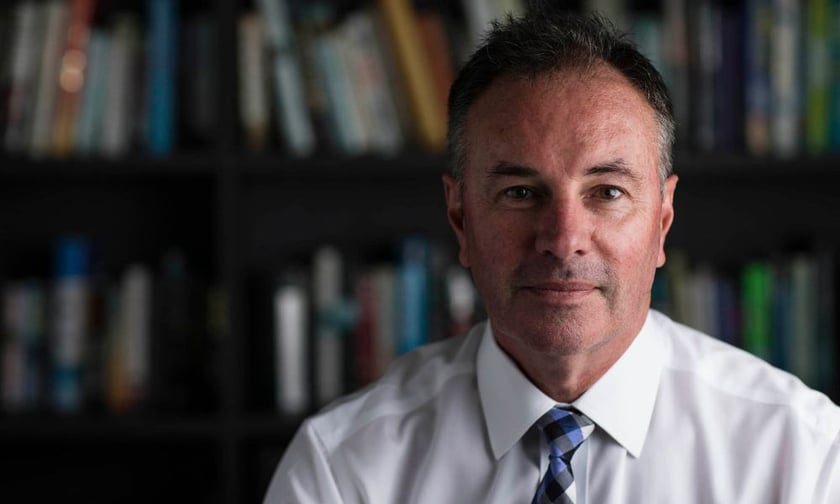

The decrease is largely attributed to the adoption of the International Financial Reporting Standard IFRS 17.
Despite the drop in profit, nib NZ saw its insurance revenue grow by 9.4% to $402.1 million, up from $367.6 million the previous year. This increase was driven by a rise in policyholders and adjustments in premiums.
Resident private health insurance policyholders increased by 3.1% during the year. However, insurance service costs rose by 14%, totalling $380 million.
The FY23 results had benefited from a one-off adjustment related to deferred acquisition costs amounting to $5.2 million. Net assets for nib NZ increased to $91.8 million, compared to $84.6 million in FY23.
The introduction of IFRS 17 and rising claims costs have significantly impacted the company’s financial performance.
Additionally, high inflation across New Zealand’s economy, particularly affecting the health sector, led to an increase in pricing within the industry, including at nib NZ.
nib NZ chief executive Rob Hennin (pictured) said the company has seen the impacts of financial pressure on the country’s private health insurance sector.
“Kiwi householders have faced stressors including higher interest rates and sharply higher cost of living pressures over the last 12 months,” he said. “As in the community, we have seen some of those pressures in the private health insurance sector, with claims costs and utilisation rates much higher than a year ago.”
He reiterated the company’s focus on managing costs and addressing inflation in the health sector, noting that these costs are ultimately passed on to their members.
“We have continued to deliver value for Kiwis. nib recorded strong policyholder growth, reflecting nib’s appeal to members, their families, and communities in FY24,” he said.
The company’s push towards greater digitisation is expected to yield savings and enhance the processing of claims for members.
Hennin said nib NZ is working to improve operational efficiency through initiatives such as the automation of claims processing.
Hennin reported growth in nib NZ’s health management programmes, including those focused on diabetes and cardiac care.
Increased participation in the non-pharmac benefit was noted, alongside steady growth in OrbitProtect, which provides insurance coverage for international students, workers, and inbound travellers.
In terms of non-financial achievements, nib NZ continued to advance its Toi Ora population health programmes in partnership with iwi.
This year, the company completed the first phase of its Tohu Toi Ora programme, which accredits health providers for their cultural responsiveness to Māori.
Leadership changes were also noted, with non-executive director Hanne Janes appointed as chair of the board in March, succeeding the retiring Tony Ryall.
The board also welcomed two new non-executive directors, Josephine Gagan and Sophie Haslem, in February, both of whom bring extensive experience in the healthcare industry.
Looking forward to FY25, Janes acknowledged that challenges remain, including economic pressures, an ageing population, and the rapid evolution of technology.
“New Zealanders have not been immune from the stresses people all around the world face: economic challenges and cost-of-living pressures, an ageing population, continued difficulties in accessing healthcare, and rapidly evolving technology,” she said.
